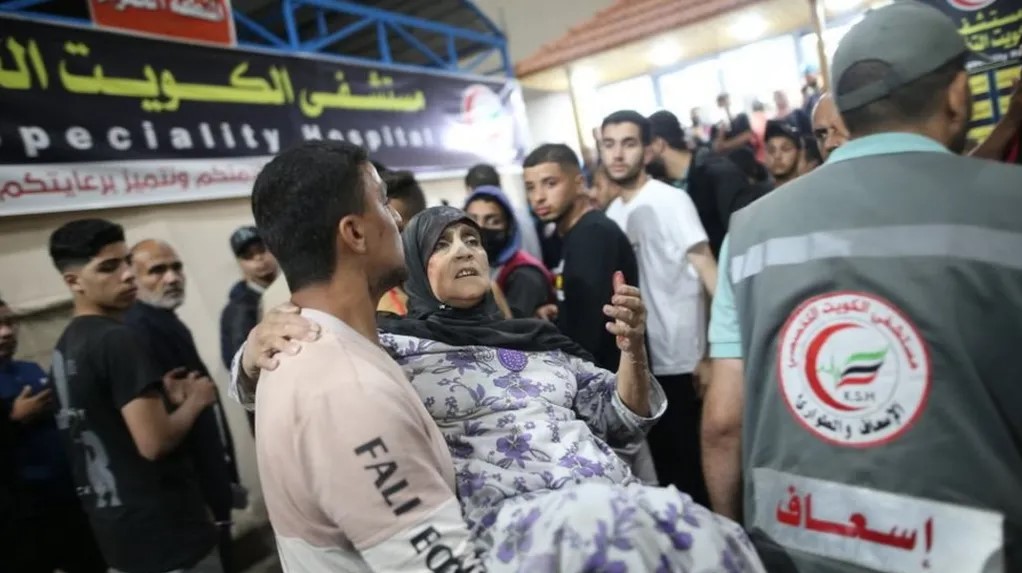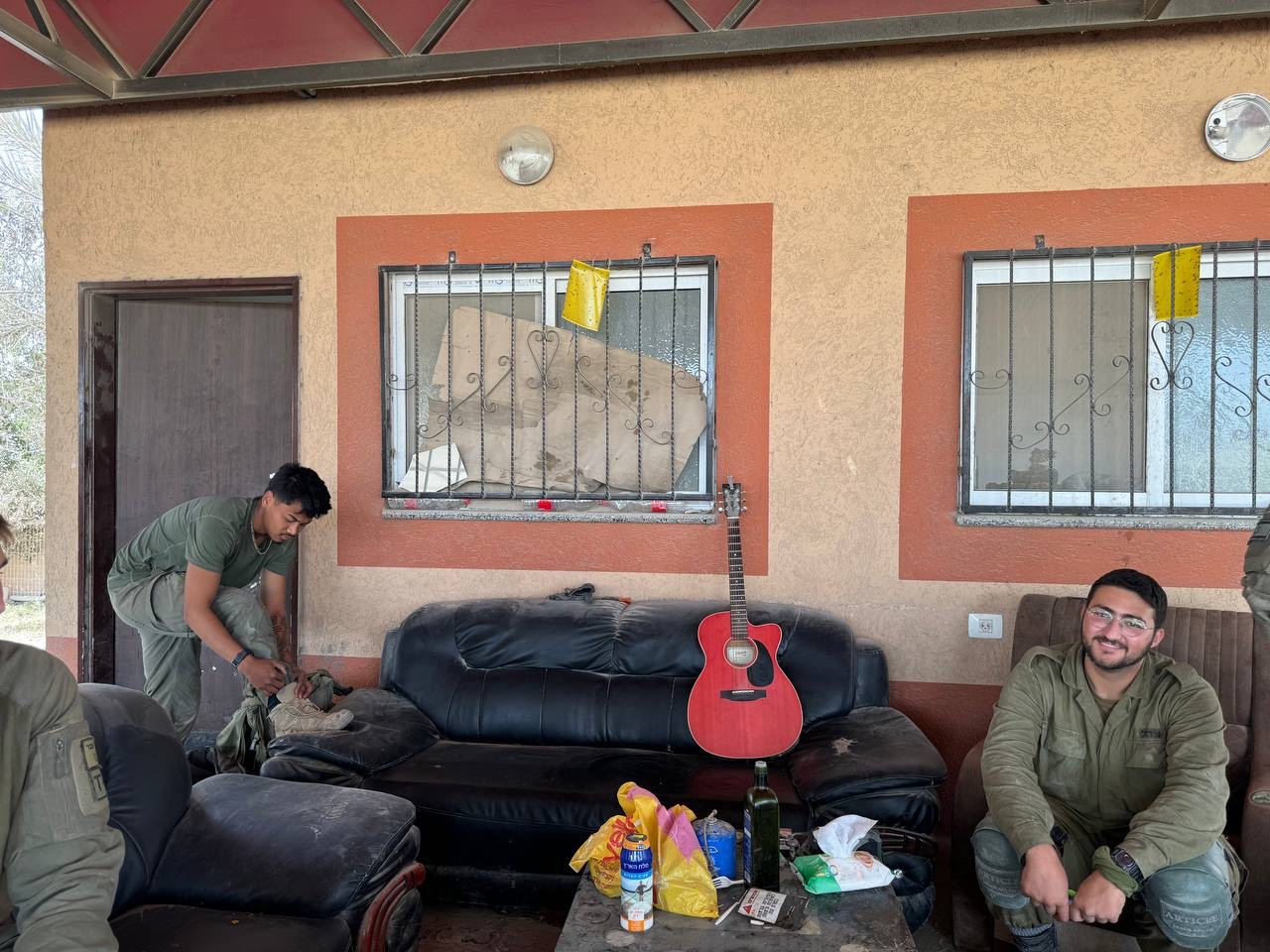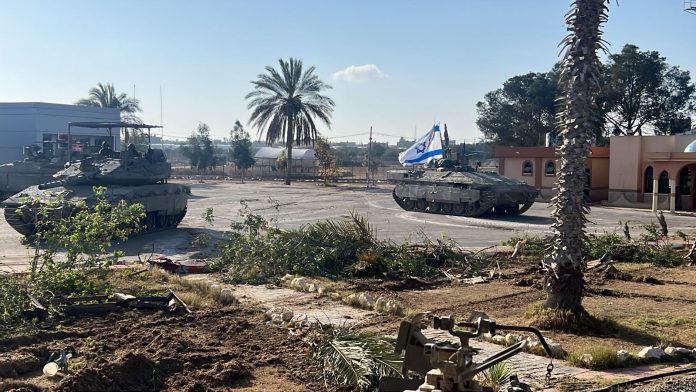Recent footage has revealed that the Rafah Crossing in southern Gaza has been effectively destroyed. The footage offers a good clue as to why the crossing has remained closed since Israel took control of the crossing in May.
Footage showing the level of destruction at the Rafah crossing pic.twitter.com/0bRO4TNxsG
— GHMV2 (@GHMV2Research) June 20, 2024
Importance of the Crossing
Since the beginning of the Israel-Gaza war on October 7th, the Rafah Crossing, within the city of Rafah in the southern Gaza Strip, has been the primary entry point for aid to the Gaza Strip. Situated on the Egyptian border with Gaza, up until May, the Rafah crossing was the only crossing into Gaza not controlled by Israel.
When Israel’s ground invasion of Gaza began, it was concentrated in the north. As the war continued, Israel issued continuous evacuation orders, ordering civilians to evacuate south. Rafah was established as a safe zone due to its location at the southernmost point of Gaza, and its importance in humanitarian operations.
As such, Rafah came to host approximately 1.4 million people who had been displaced from other areas of Gaza. Further, as Gaza’s hospitals steadily became inoperable due to a lack of supplies, damage to the hospitals, their location in an evacuation zone, or a combination of these factors, hospitals in the Rafah safe zone became some of the only facilities that remained semi-functional. Currently, no hospitals in Gaza are fully functional.

Israel had promised an invasion of Rafah for several months. The prospect of an invasion was condemned by a number of foreign entities, including the US, Israel’s closest ally and a staunch supporter of their war effort for the entirety of the war.
The US had warned that such an operation would certainly lead to extensive civilian casualties, harm humanitarian efforts, and risk further isolating Israel on the world stage.
However, Israel remained insistent, with Israeli Prime Minister Benjamin Netanyahu claiming that Hamas’ last four remaining battalions were in Rafah, and that in order to defeat Hamas, Israel would need to invade Rafah. Further, Netanyahu claimed at the time that many of the remaining hostages still held by Hamas were believed to be in Rafah.
The Operation in Rafah
Israel’s operation began on May 7th, when Israeli forces made a minor ground incursion into Rafah, and seized the Rafah Crossing. This incursion, accompanied by bombings concentrated in eastern Rafah, took place just 15 hours after Israel had ordered evacuations on May 6th.
The Israeli capture of the Rafah Crossing resulted in its closure. Israel contradicted claims that the crossing had been closed completely, referring to it as a temporary pause, and stated that it was negotiating with Egypt on reopening the crossing. However, the recent footage of the crossing has shown high levels of damage which render the crossing inoperable.

Since the crossing was captured by Israel, the amount of aid entering Gaza has dropped significantly. Data shows that in May the average number of trucks entering Gaza per day, excluding fuel trucks, was 97. This is a significant drop from April, when an average of 169 trucks were entering Gaza per day, which itself was an increase from March, when 139 trucks entered per day.
Consequences and Casualties
As Israel’s operations in Rafah have expanded, the overwhelming majority of the civilian population which was sheltering there has left. The UN’s Office for the Coordination of Humanitarian Affairs (OCHA) stated that less than 100,000 civilians remain in Rafah, from a peak of 1.4 million.
Israel’s operation in Rafah has proven deadly for both sides. Israeli strikes throughout Rafah have reportedly killed a number of civilians, including on May 26th when an Israeli strike on an Internally Displaced Persons (IDP) camp started a fire in the camp. The strike and the resulting fire led to the deaths of at least 45 people, according to the Gaza Ministry of Health.
In turn, Israel has claimed to have killed a number of Hamas militants in its battles throughout Rafah. This has come at a cost, as Israel has suffered a striking number of casualties in their Rafah operations. On June 15th, eight Israeli soldiers were killed during operations in Rafah. The next day was followed by three more.

